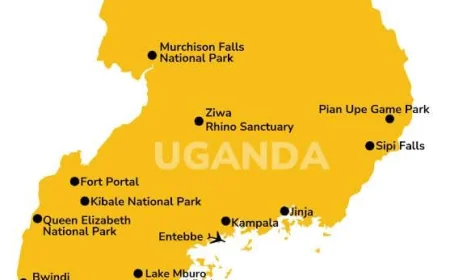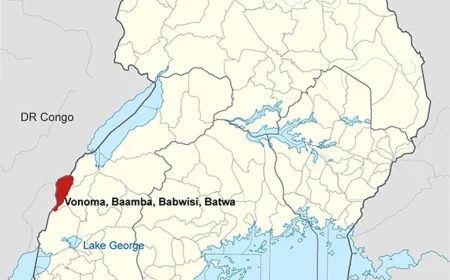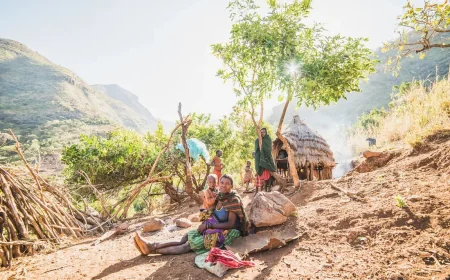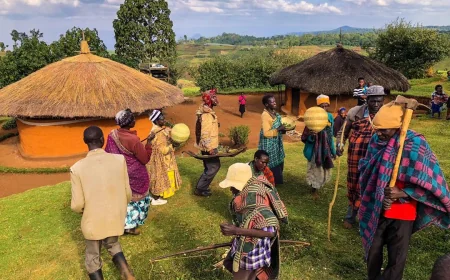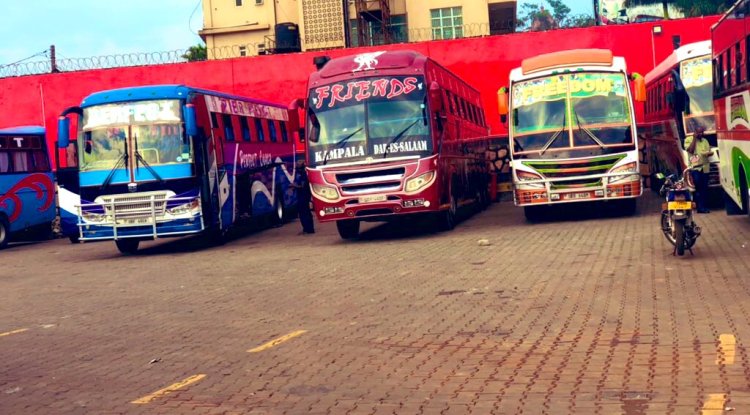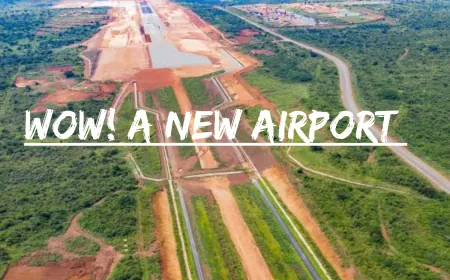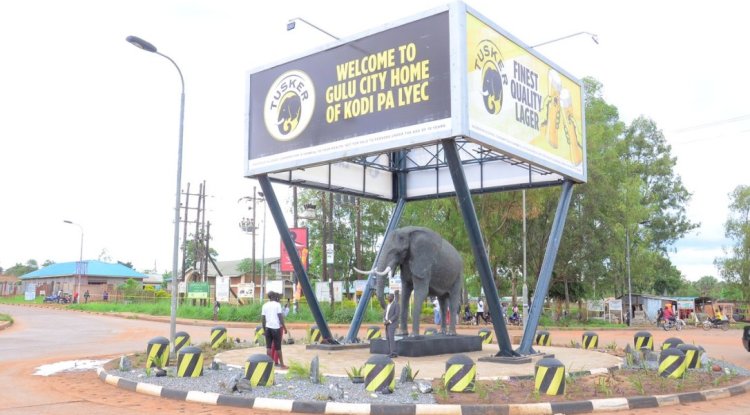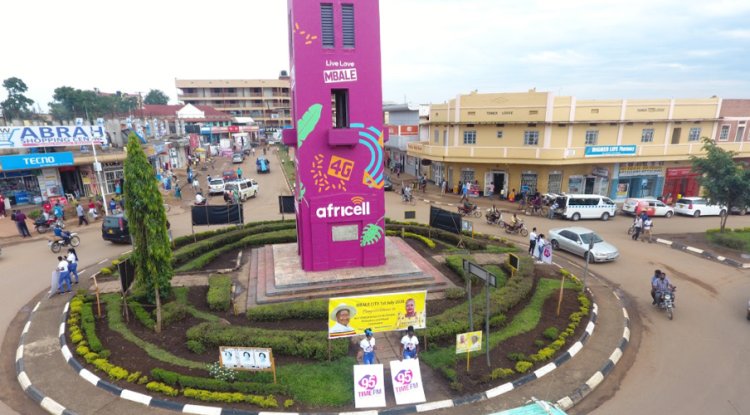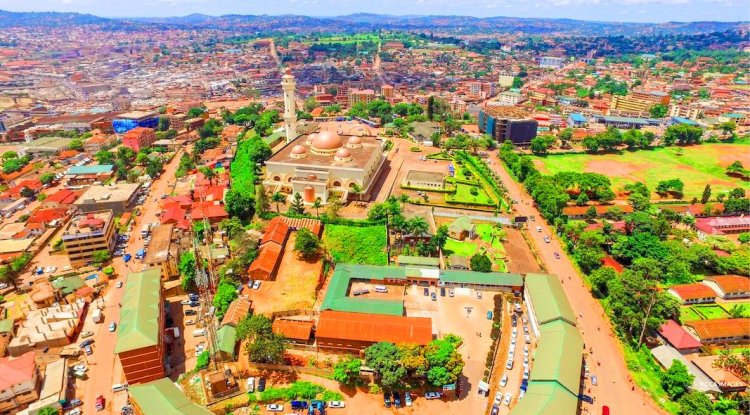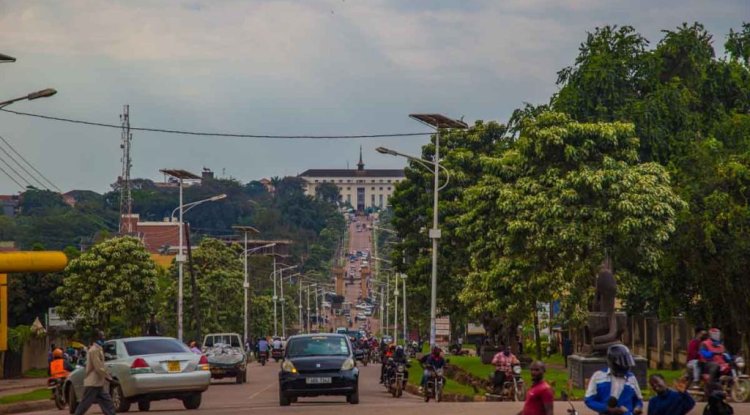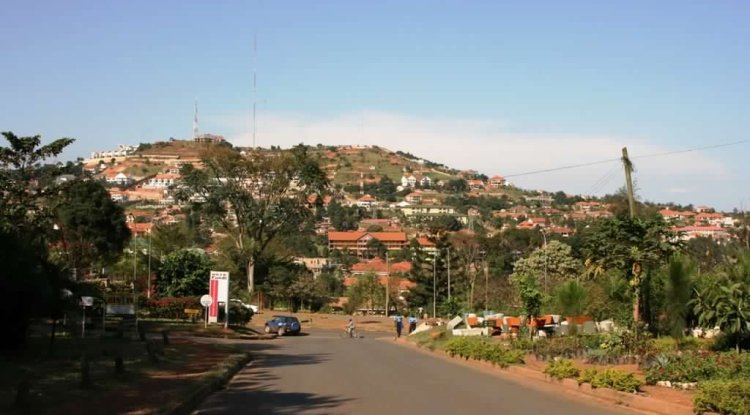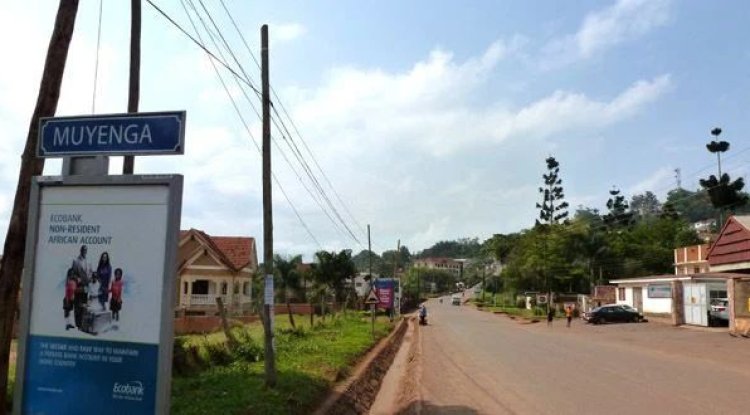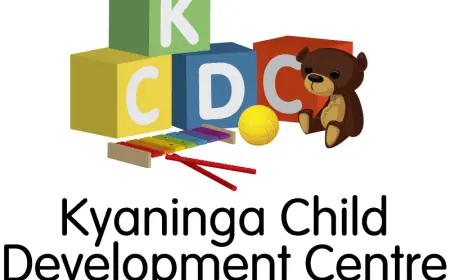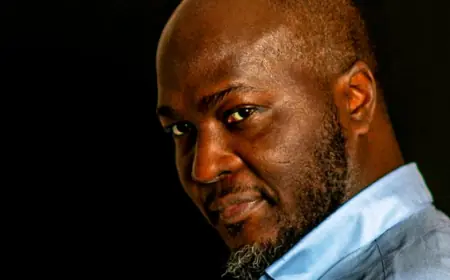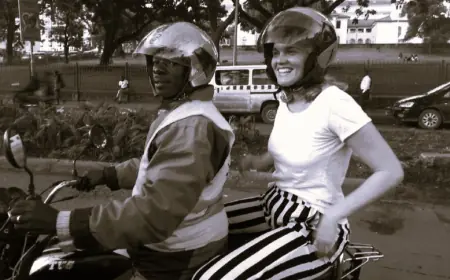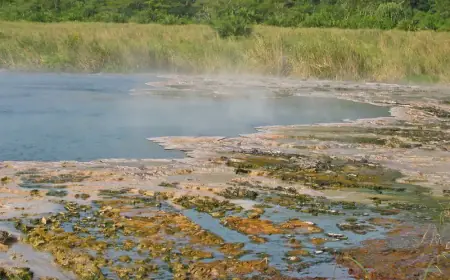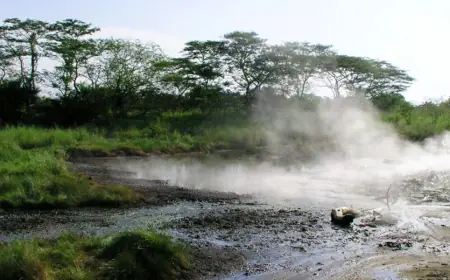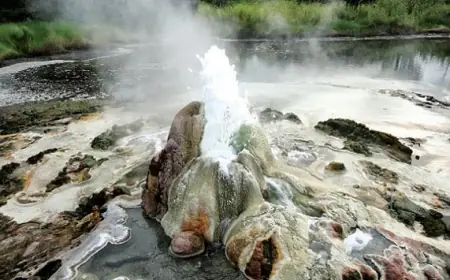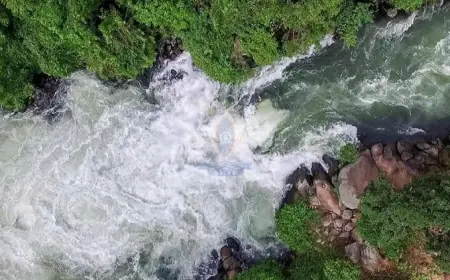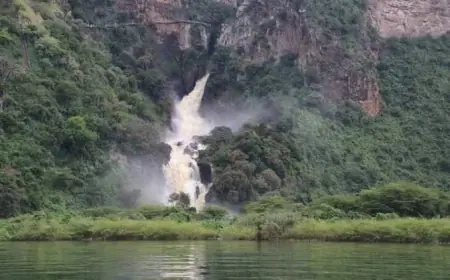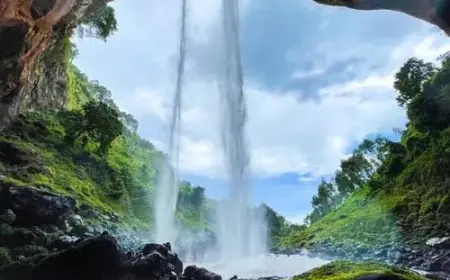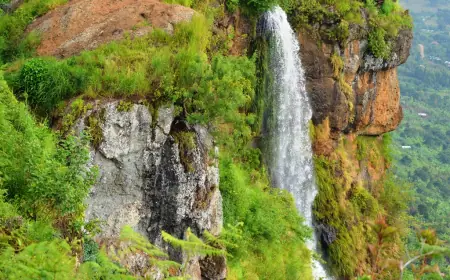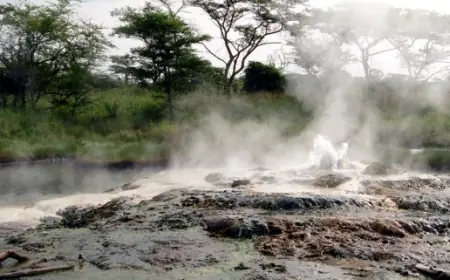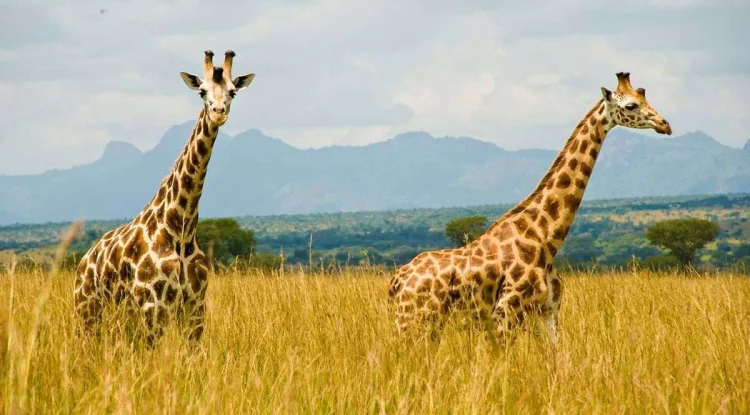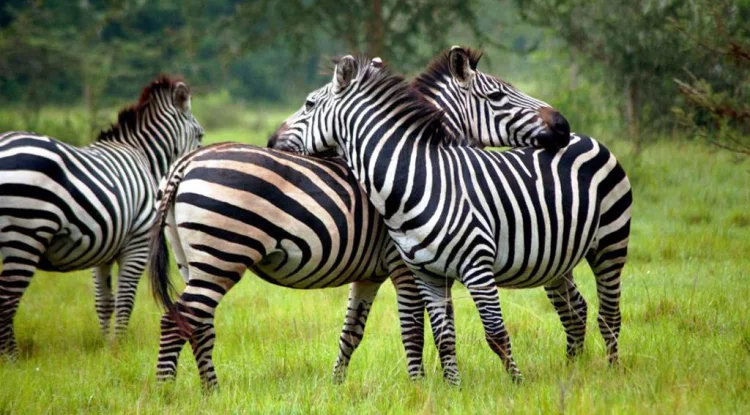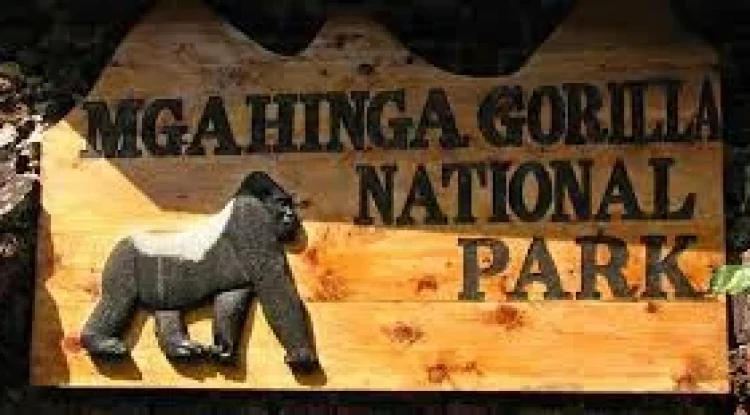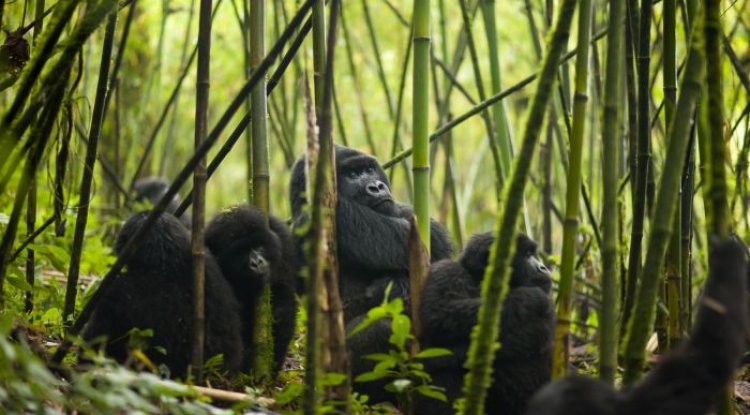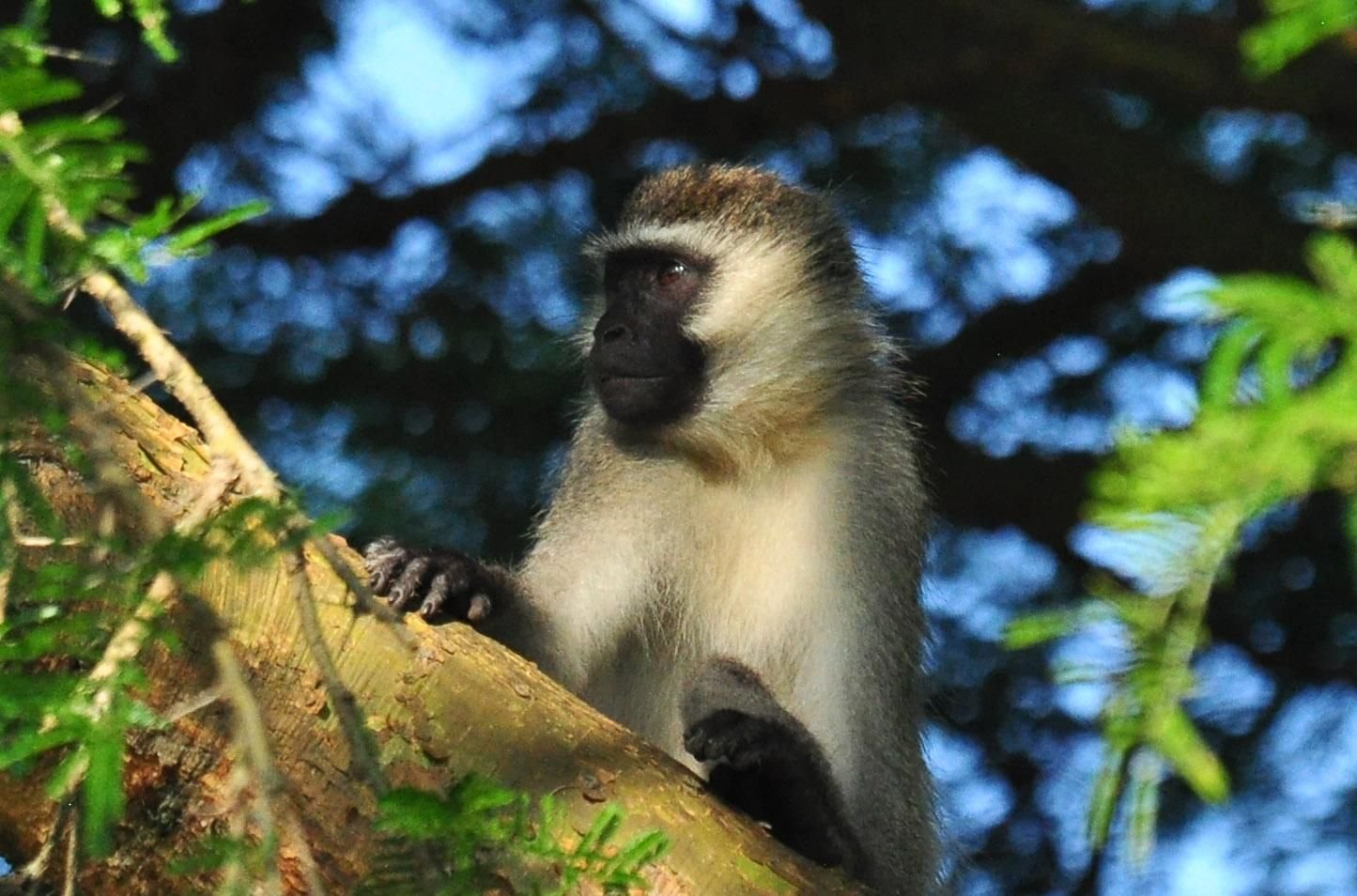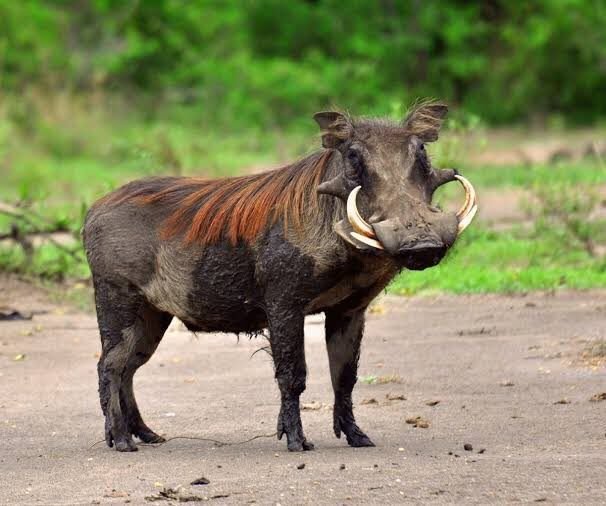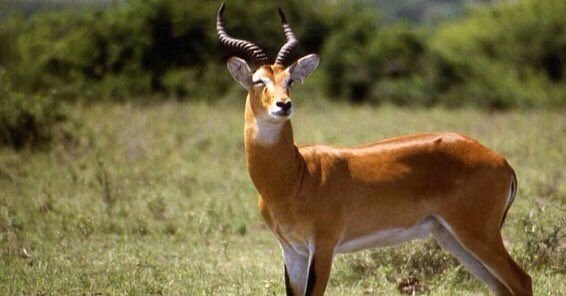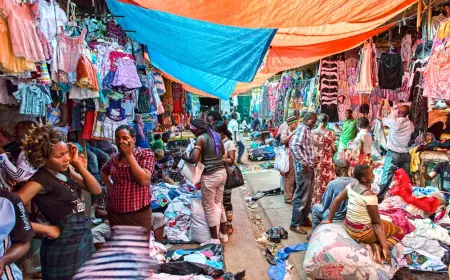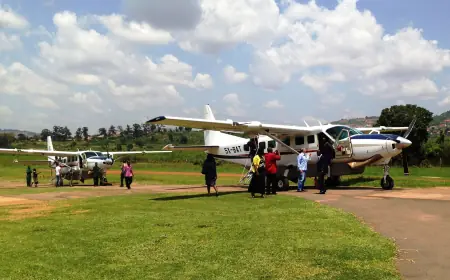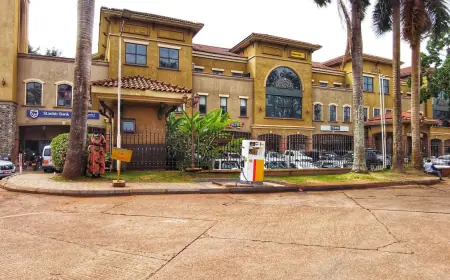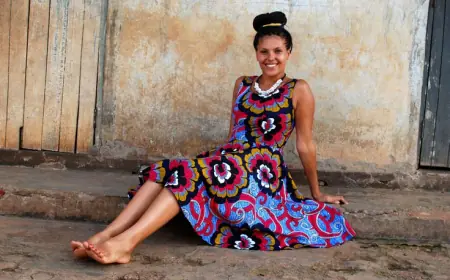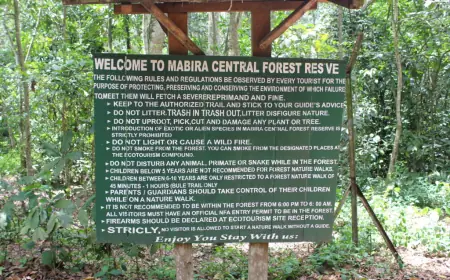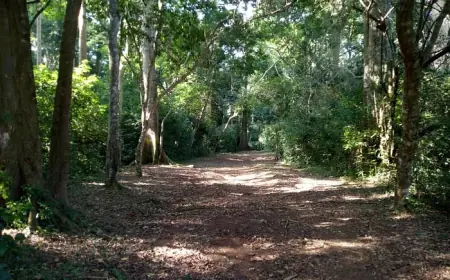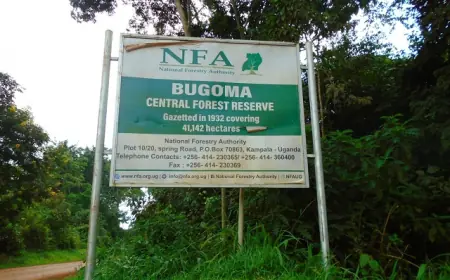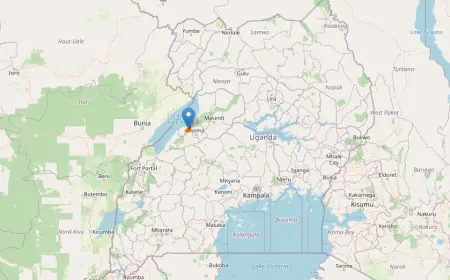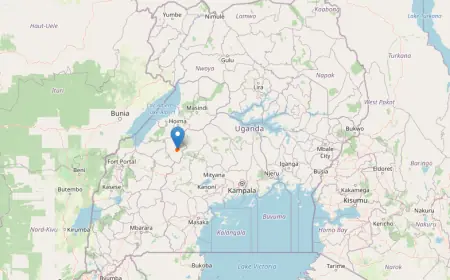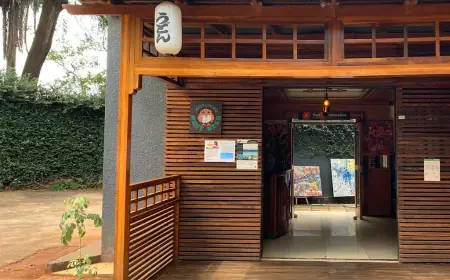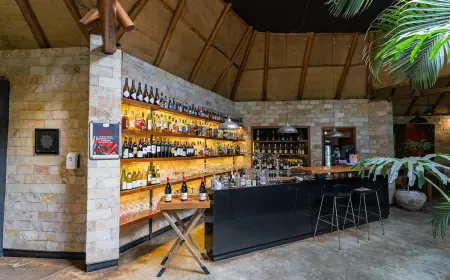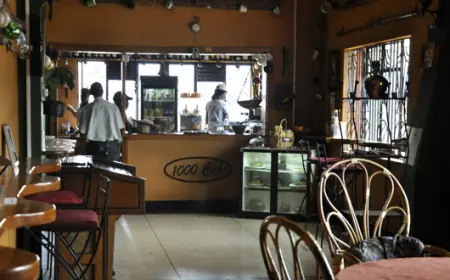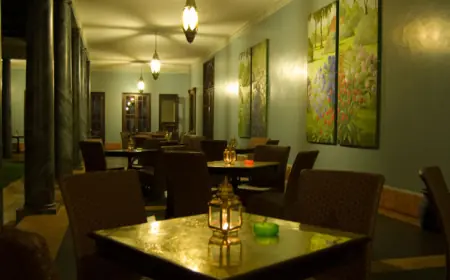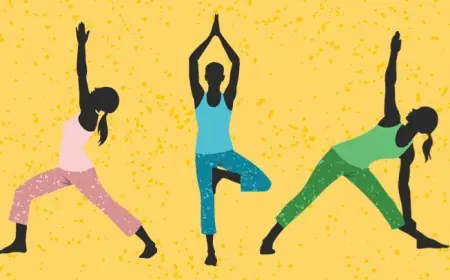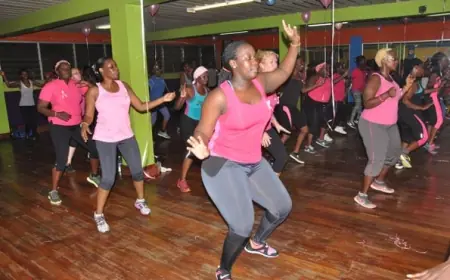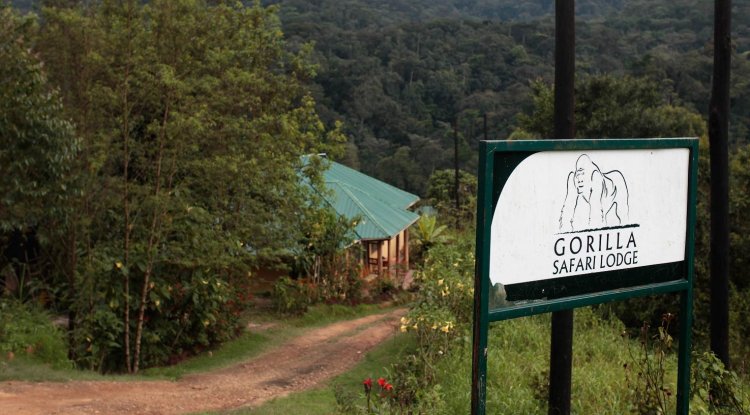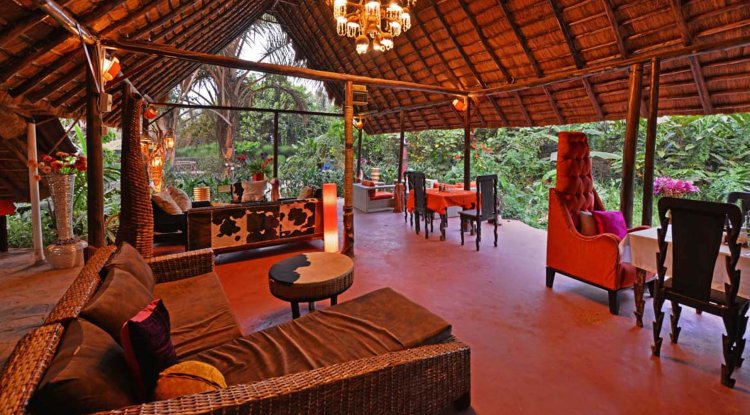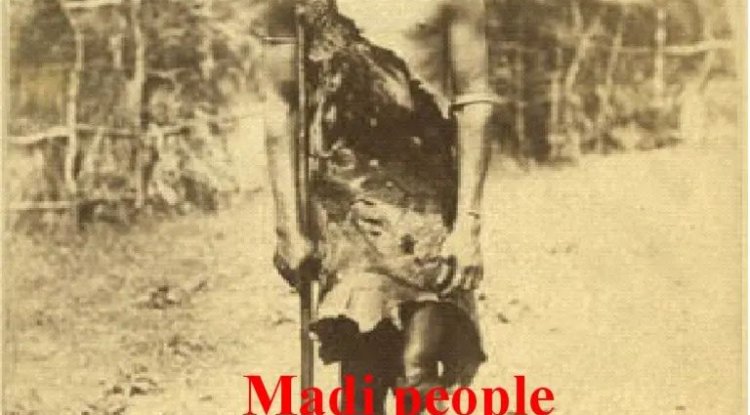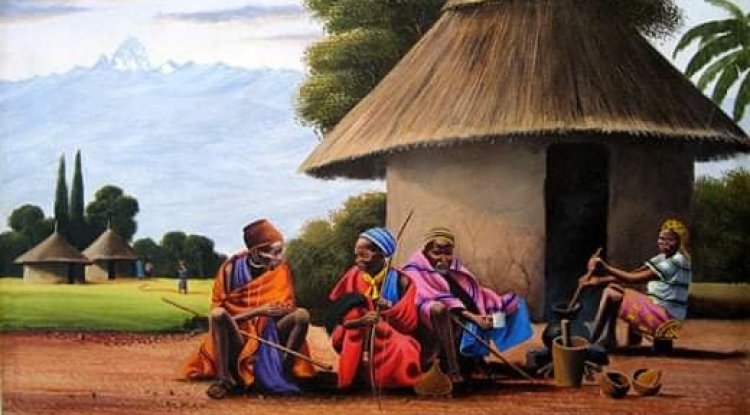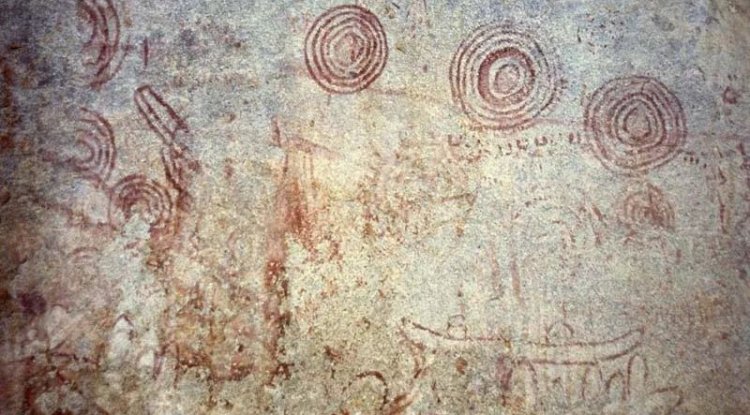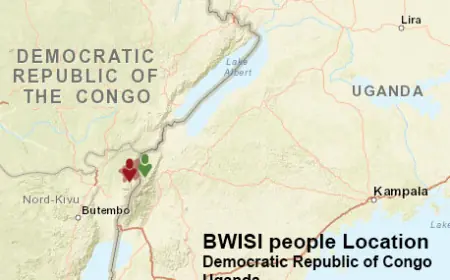Batagwenda: The Forgotten Tribe of Western Uganda
The origin and culture of the Batagwenda, a tribe that deserves more recognition and support from Ugandan society and the world at large.

Imagine living in a land where you are surrounded by natural beauty, rich culture, and friendly people. A land where you can trace your ancestry back to the ancient kingdom of Buganda, one of the most powerful and influential states in East Africa. A land where you have a unique naming system that expresses your identity and social ties. This is the land of the Batagwenda, a tribe in western Uganda that belongs to the Bantu ethnic group.
In this article, we will explore the origin and culture of the Batagwenda, a tribe that deserves more recognition and support from Ugandan society and the world at large.
Origin and Migration
The Batagwenda are descendants of the Baganda, the largest and most dominant tribe in Uganda. They originated from Buganda and migrated to the present-day district of Kitagwenda in 1797, when two Baganda princes were fighting for a vacant throne. The Batagwenda were loyal to Prince Semakokiro, who was opposed by his brother, Prince Jjunju. When Semakokiro lost the battle and fled to Bunyoro, the Batagwenda followed him and settled in the area between Lake Albert and Lake George.
The Batagwenda adopted some aspects of the culture and language of their new neighbors, the Batooro, Banyoro, Batuku, and Banyabindi, who also share the same naming system called Empaako. Empaako is a practice whereby children are given one of twelve names shared across the communities in addition to their given and family names. Addressing a person by her or his Empaako name is a positive affirmation of social ties. It can be used as a greeting or a declaration of affection, respect, honor, or love.
The Batagwenda speak Runyankole, Luganda, and other languages fluently, especially the older ones. The Rutagwenda dialect of Rutooro is comparable to their Runyankole dialect. Those that fled were from 12 different Baganda clans, and they still pledge allegiance to the clans from which they originated. Many of the Batagwenda's Baganda practices were also retained; one such habit is the upkeep of family cemeteries in Luganda, known as Ebiggya. Up until recently, many of the nearby towns did not customarily retain family burial grounds. However, family graves in Bunyaruguru that date back several generations are visible.
Culture and Lifestyle
The Batagwenda have a rich and diverse culture that reflects their history and environment. They are mainly farmers and fishermen, who grow crops such as bananas, cassava, millet, beans, and coffee and catch fish from the lakes and rivers. They also keep livestock such as cattle, goats, sheep, and chickens. They use traditional methods of farming and fishing, such as digging with hoes, planting with seeds, and using nets and hooks.
The Batagwenda have a strong sense of community and family. They live in homesteads that consist of several huts made of mud and grass. They have a clan system that organizes them into different groups based on their ancestry and totem. They also have elders, who are respected for their wisdom and experience. They have ceremonies and rituals that mark important events in their lives, such as birth, initiation, marriage, and death.
The Batagwenda have a vibrant and colorful culture that expresses their identity and values. They have a variety of dances, songs, stories, proverbs, and riddles that entertain and educate. They have a distinctive style of dressing, using fabrics such as barkcloth, cotton, and animal skins. They adorn themselves with beads, shells, feathers, and metal. They have a unique cuisine, using ingredients such as plantains, sweet potatoes, groundnuts, and fish. They have a special brew called Omuramba, which is made from fermented millet and honey.
Obwita, or cassava bread, is a staple diet of the Batagwenda people and is typically eaten with fish (Enffe). Along with other foods like cassava, beans, and maize, matooke is also frequently cultivated and consumed. In the valleys, crops including cabbage, tomatoes, sugarcane, and eggplants are planted. They are incredibly diligent individuals who are frequently up and in the gardens by six in the morning. Without the aid of fertilizer or pesticides, yields are exceptional since the rich, fertile volcanic soils have not been widely used until relatively recently. Tonto, which is brewed locally and served in homes and bars, is their most well-liked beverage. Bunyaruguru also contains distilled waragi in various places. In most Batagwenda houses, omuramba is also a common sight.
The ganda dance and the kinyaruguru dance are very alike. For both male and female dancers, the dance mostly entails busy footwork along with waist shaking. The beats and tempo of the instruments regulate the dancer's intensity. A variety of musical instruments are used to make music, with the drum being the most common.
The Batagwenda are named after a combination of Kinyankole and Kiganda, and they primarily wear clothes similar to Banyankole and Baganda. There is some Kiganda culture practiced, but Kinyankole traditions and practices predominate.
Batagwenda consists of two parts. There are Banyantara living in the hills above Lake George on Ntara, and there are also Banyantara living in the Kikondo and Kinyamugara hills in Kikurungo, which are also called Abakondo and Abakurungo.
Conclusion
The Batagwenda are a tribe in western Uganda that has a fascinating and complex history, culture, and lifestyle. They are a tribe that has been forgotten by the world but deserves to be remembered and celebrated. They are a tribe that has a lot to offer and contributes to the development and diversity of Uganda and humanity. They are the Batagwenda, the forgotten tribe of western Uganda.
What's Your Reaction?
 Like
1
Like
1
 Dislike
0
Dislike
0
 Love
0
Love
0
 Funny
0
Funny
0
 Angry
0
Angry
0
 Sad
0
Sad
0
 Wow
2
Wow
2
